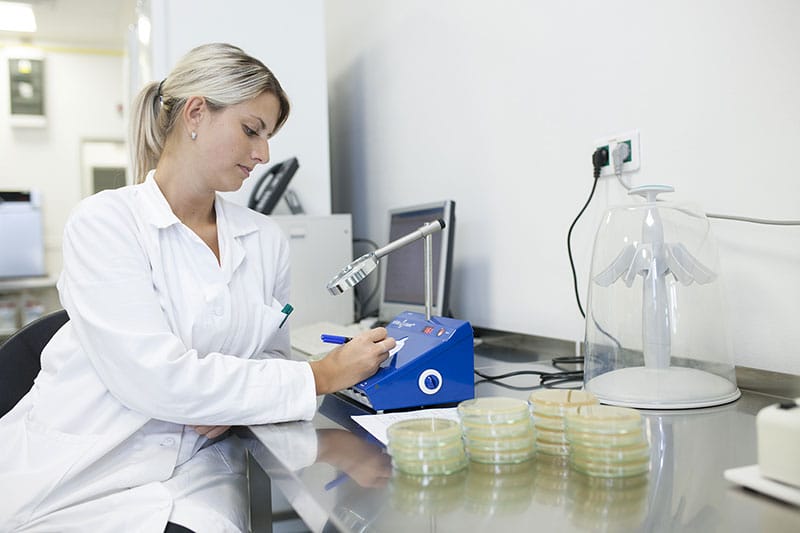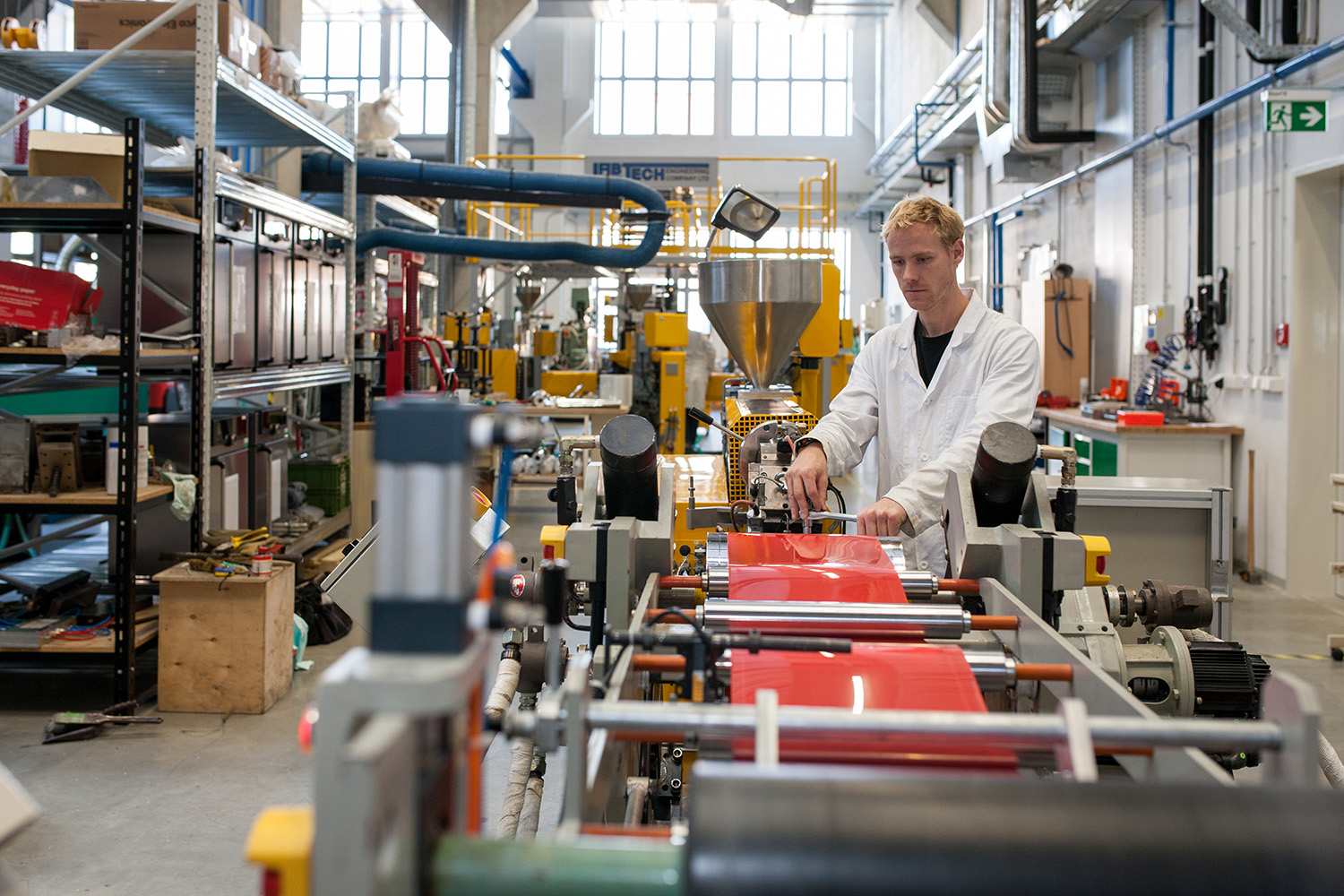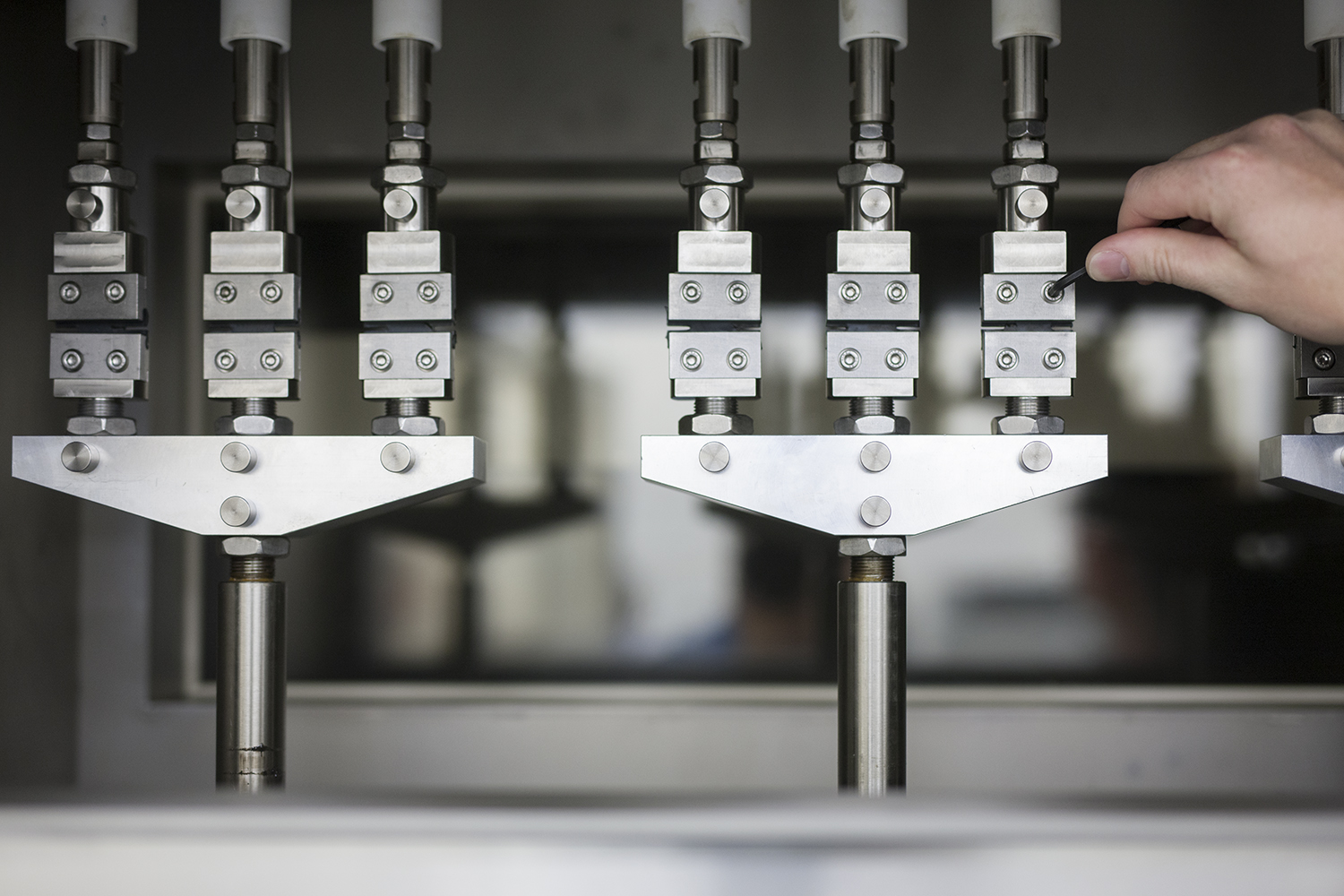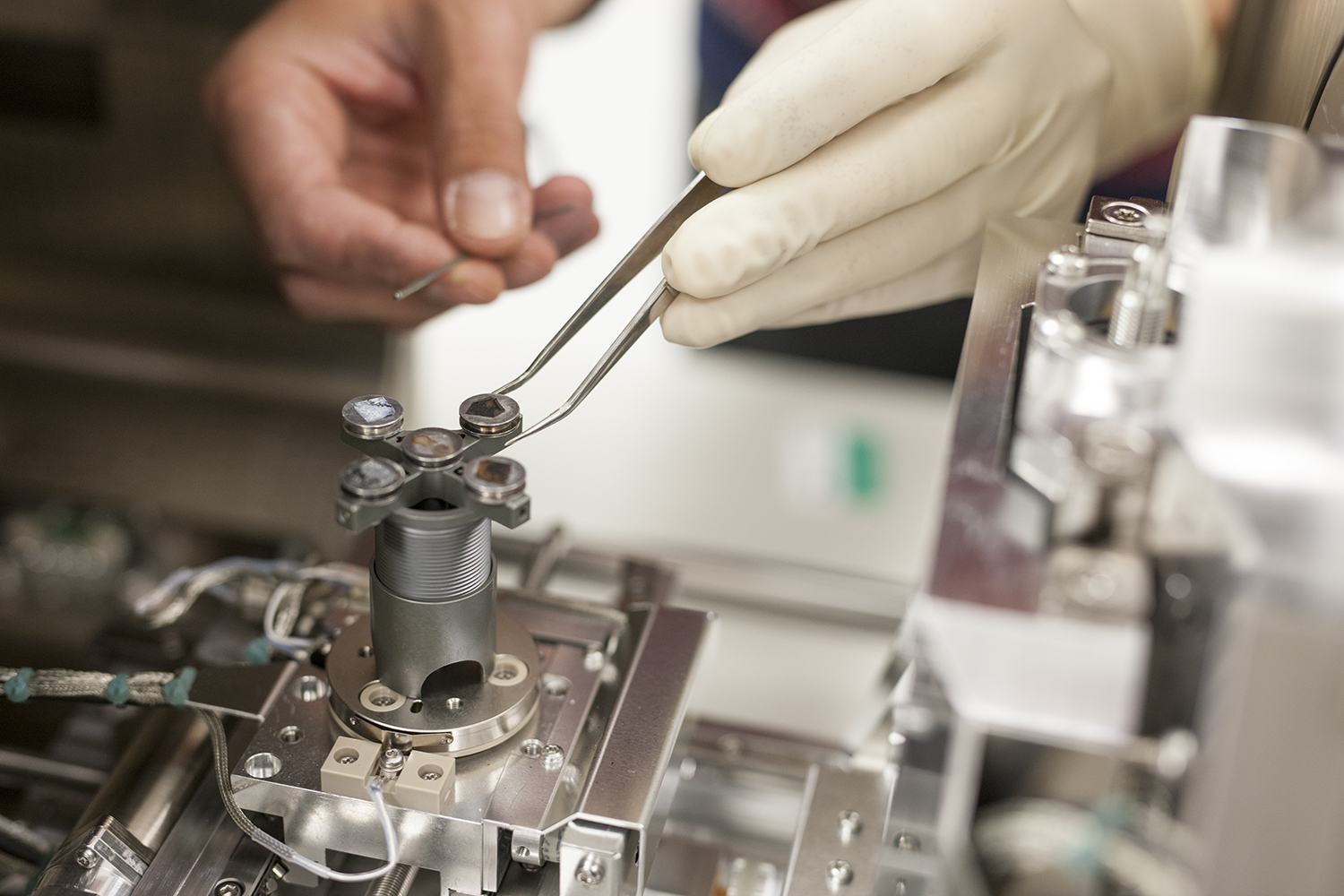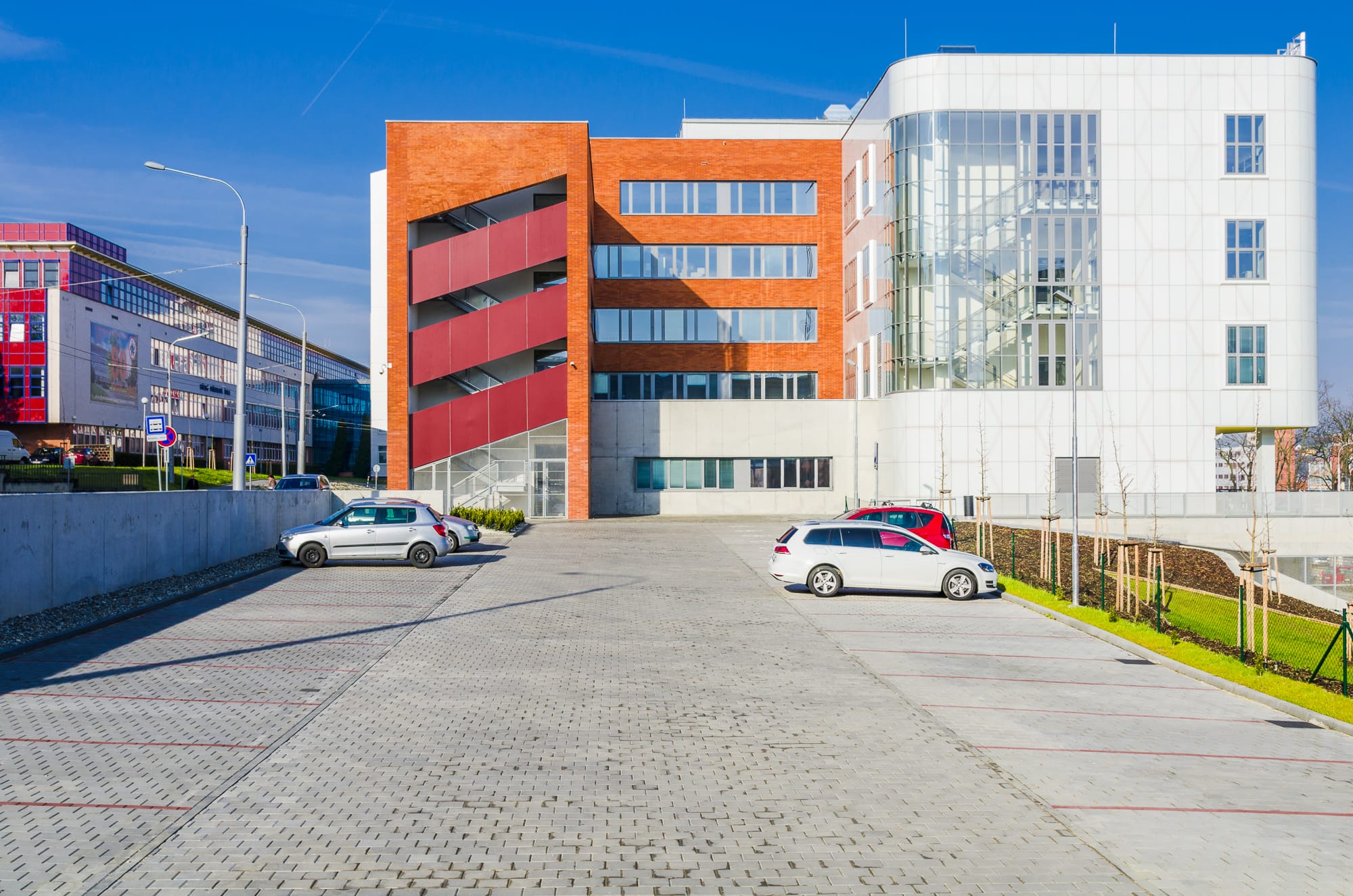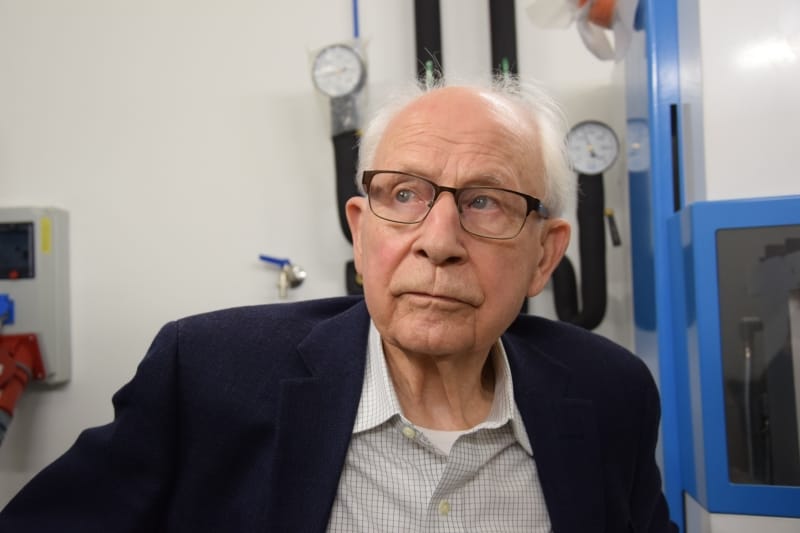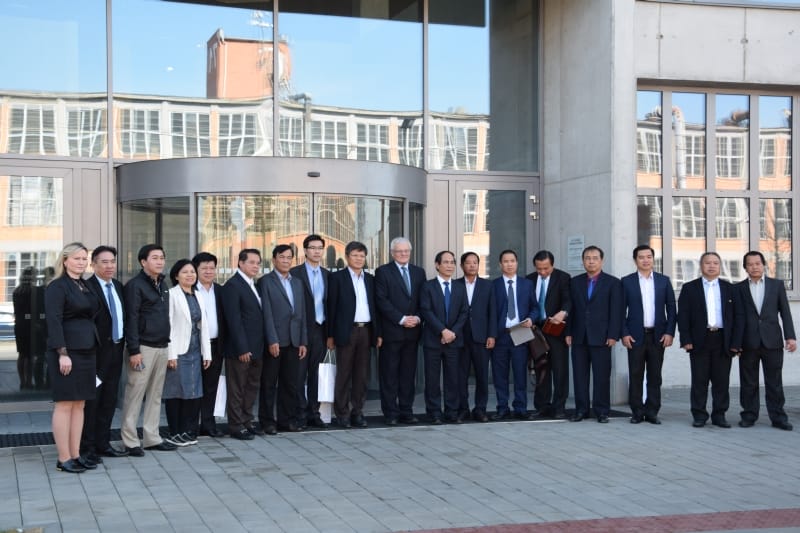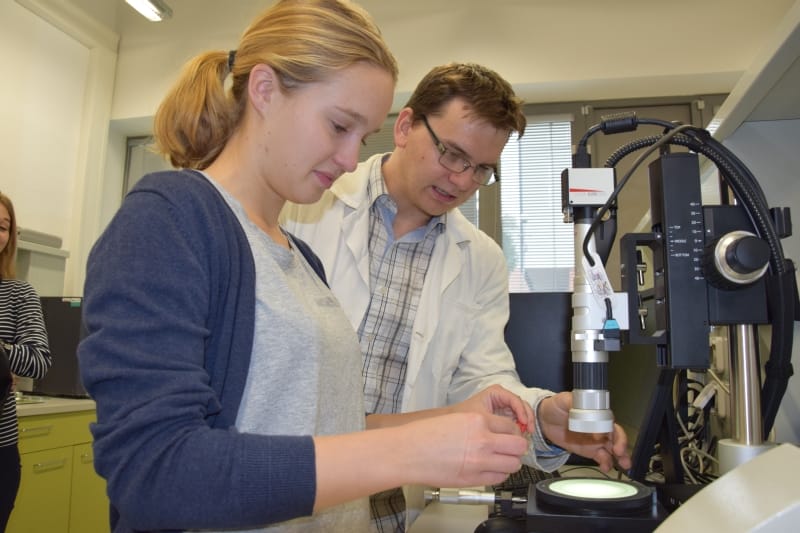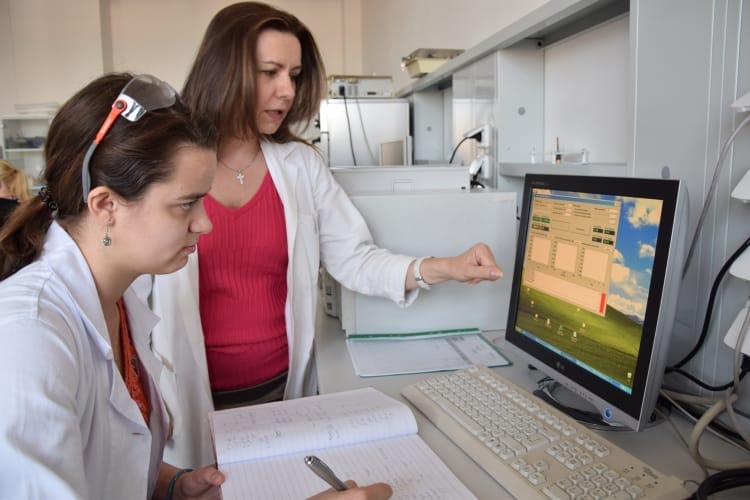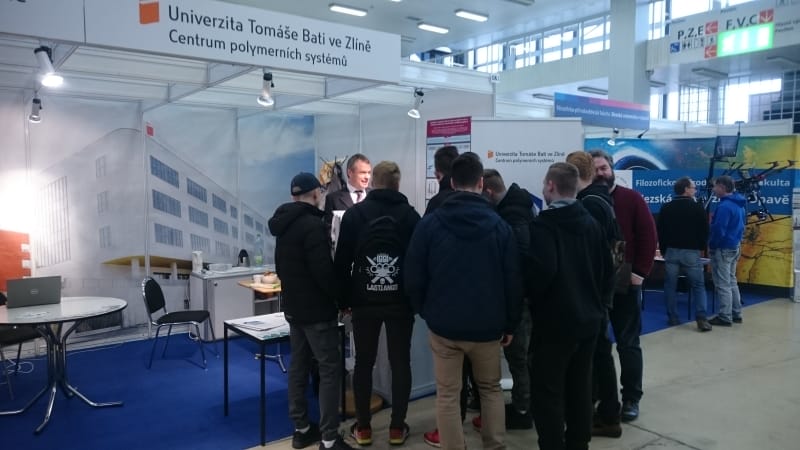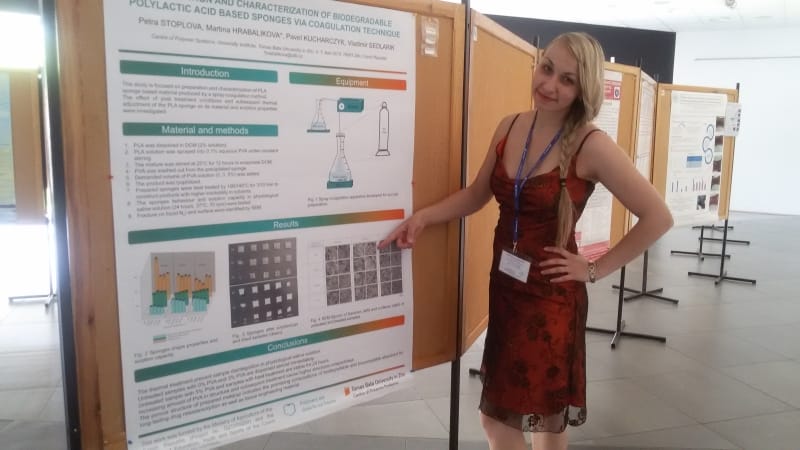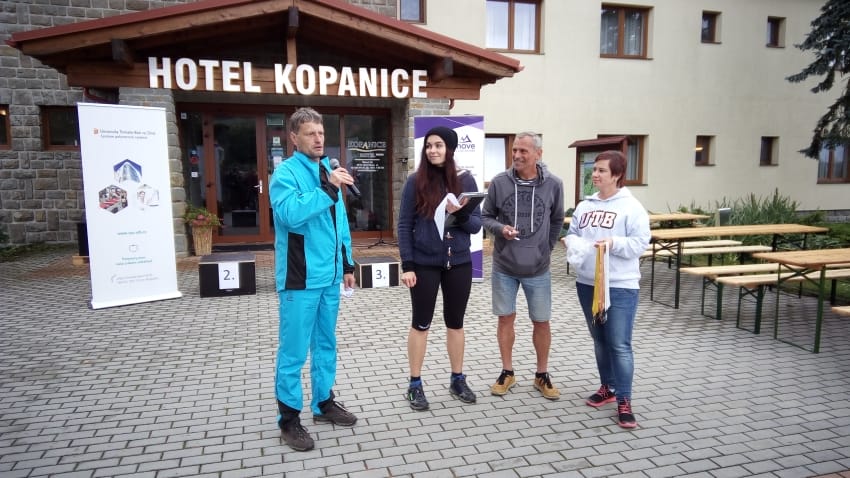1. GAP analýza
Zpracování návrhu HRS4R vychází z analýzy současného stavu
uplatnění principů EC&C v podmínkách CPS a identifikace slabých míst (GAP analýza). Při analýze byly použity tyto metody: analýza textu Evropské charty pro výzkumné pracovníky a Kodexu chování pro přijímání výzkumných pracovníků (ECH&C), analýza národní legislativy vztahující se k etickému chování výzkumné organizace, analýza řídicích norem vztahujících se k etickému chování pracovníků UTB, analýza řídicích norem vztahujících se k etickému chování pracovníků CPS, rešerše „best practices“ vztahujících se k etickému chování pracovníků a manažerů výzkumné organizace ve vybraných zemích EU, analýza názorů pracovníků a manažerů CPS na míru uplatnění jednotlivých principů EC&C v prostředí CPS UTB.
Analýza názorů pracovníků a manažerů CPS na míru uplatnění jednotlivých principů EC&C byla provedena pomocí dotazníkového šetření. Dotazník zahrnoval celkem 40 principů, které stanovuje EC&C jako obecné zásady a požadavky upřesňující úlohu odpovědnosti a práva výzkumných pracovníků, managementu, jejich zaměstnavatelů a investorů. V jednotlivých položkách dotazníku respondenti ohodnotili míru uplatnění daného principu v podmínkách svého pracoviště. Čtyřicet principů EC&C je v dotazníku rozděleno do čtyř skupin: A. Etické a profesionální aspekty, B. Nábor pracovníků, C. Pracovní podmínky a sociální zabezpečení, D. Vzdělávání a školení.
Dotazníkového šetření se zúčastnili všichni výzkumní pracovníci CPS, všichni vedoucí výzkumných skupin, všichni manažeři CPS. Mezi respondenty byla zařazena i skupina externích partnerů CPS, abychom získali názory respondentů, kteří vzhledem k těsné spolupráci mohou vnitřní prostředí CPS posoudit pohledem z venku. Externí partneři byli managementem CPS vybráni tak, aby byly zastoupeny firmy ze Zlínského kraje i celé České republiky, ryze české firmy i firmy se zahraničním kapitálem, firmy od malých až po velké, a firmy s různou četností dosavadní spolupráce.
GAP analýza (souhrn jednotlivých kroků)
- Studium Evropské charty pro výzkumné pracovníky a Kodexu chování pro přijímání výzkumných pracovníků
- Analýza národní legislativy vztahující se k etickému chování výzkumné organizace
- Analýza norem UTB vztahujících se k etickému chování výzkumné organizace
- Analýza norem UNI (CPS) vztahujících se k etickému chování výzkumné organizace
- Rešerše „best practices“ vztahujících se k etickému chování výzkumné organizace v zemích EU
- Konzultace přípravy GAP analýzy s koordinátorem na CEBIA-Tech (FAI)
- Příprava dotazníkového šetření a návrh dotazníku
- Realizace dotazníkové šetření
- Realizace vzdělávacích aktivit k principům Evropské charty pro výzkumné pracovníky a Kodexu chování pro přijímání výzkumných pracovníků
- Realizace služební cesty za účelem výměny znalostí v oblasti strategického řízení výzkumné organizace v souladu s principy HR Excellence in Research award
– University of Southampton a Portsmouth University, Velká Británie, Technical University Delft a Leiden Univesity, Nizozemí
2. Akční plán
Pro vytvoření návrhů na opatření a zpracování akčního plánu realizace navržených opatření ke změně řízení lidských zdrojů v souladu s principy EC&C byla zvolena metoda Focus Group (FG). Byly vytvořeny 3 skupiny účastníků FG, v nichž byli zastoupeni výzkumní pracovníci CPS, vedoucí výzkumných skupin CPS, manažeři CPS, externí partneři CPS.
V úvodu jednání FG byli účastníci seznámeni s výsledky GAP analýzy a formou řízené diskuse navrhovali opatření k eliminaci slabých míst v uplatnění principů EC&C v podmínkách CPS. Diskuse směřovala k formulaci relevantních opatření pro krátkodobý (1 rok) a dlouhodobý časový horizont realizace.
3. Odeslání GAP analýzy a Akčního plánu na Evropskou komisi 21. 11. 2018
GAP analýza a Akční plán v podobě předepsaných šablon byly odeslány Evropské komisi k vyhodnocení.
4. Získání HR Excellence in Research award v březnu 2019.
5. Vnitřní hodnocení gap analýzy a plnění opatření akčního plánu
Zpráva o vnitřním hodnocení gap analýzy, o plnění a aktualizaci opatření akčního plánu byla 23. 2. 2021 odeslána na EK.
6. Zpráva hodnotitelů EK, Implementation Phase Interim Assessment – EC Consensus Report.
Zpráva hodnotitelů Evropské komise (EC Consensus Report), která hodnotí postup v první etapě implementace HRS4R a držení certifikátu HR Excellence in Research award, přišla na UNI/CPS přes e-tool na portálu Euraxess dne 18. 5. 2021. Hodnocení EK je pozitivní, bez připomínek. UNI/CPS pokračuje v držení HR Excellence in Research award a v realizaci Akčního plánu pro implementaci HRS4R. Termín obhajoby HR HR Excellence in Research Award (externí hodnocení EK) je za tři roky, tj. 05/2024.
7. obhajoba HR Excellence in Research Award (externí hodnocení EK).
Byl připraven Internal Review for Renewal Assessment a odeslán e-tool Euraxess. Site visit proběhne 22. 09. 2025.
GAP analýza, Akční plán
Výsledky dotazníkové šetření v roce 2018

Legenda ke grafu Názory pracovníků CPS na míru uplatnění jednotlivých principů EC&C.
Pro vyjádření názoru použili respondenti čtyřbodovou hodnotící škálu 1 až 4, kde: 1 = princip plně uplatněn, 2 = princip skoro, ale ne plně uplatněn, 3 = princip částečně uplatněn, 4 = princip nedostatečně uplatněn.
Jednotlivé položky:
1. Svoboda výzkumu
2. Etické zásady
3. Profesní odpovědnost
4. Profesní přístup
5. Smluvní a zákonné povinnosti
6. Odpovědnost
7. Řádné postupy v oblasti výzkumu
8. Šíření a využívání výsledků
9. Veřejný závazek
10. Nediskriminace
11. Systém hodnocení
12. Nábor
13. Nábor (Kodex)
14. Výběr
15. Transparentnost
16. Hodnocení zásluh
17. Změny v časovém pořadí životopisů
18. Uznávání zkušeností s mobilitou
19. Uznávání kvalifikace
20. Služební věk
21. Jmenování Post doktorandů
22. Uznávání profese
23. Výzkumné prostředí
24. Pracovní podmínky
25. Stabilita a stálost zaměstnání
26. Financování a mzdy
27. Rovnováha mezi pohlavími
28. Rozvoj kariéry
29. Hodnota mobility
30. Přístup k odbornému poradenství
31. Práva duševního vlastnictví
32. Spoluautorství
33. Výuka
34. Stížnosti a odvolání
35. Účast v rozhodovacích subjektech
36. Vztahy s dohlížejícími osobami
37. Povinnosti spojené s kontrolou a řízením
38. Nepřetržitý profesní rozvoj
39. Přístup ke vzdělávání a nepřetržitému rozvoji výzkumníků
40. Kontrola
Další postup řešení
O výsledcích dotazníkového šetření a připravovaných opatření pro akční plán byli výzkumní pracovníci CPS informováni na společném setkání s vedením CPS (12. prosince 2018). Výzkumní pracovníci se zúčastňují a budou dále zúčastňovat vzdělávacích aktivit v oblasti strategického řízení výzkumné organizace, v oblasti personalistiky a principů Open, Transparent, Merit Based Recruitment (OTM-R), v oblasti finančního managementu, v oblasti zvyšování kvality a konkurenceschopnosti doktorandů ve vědě a výzkumu, v oblasti zvyšování znalostí post-doktorandů a mladých výzkumných pracovníků (do 5 let) za účelem jejich osobního a profesního rozvoje.
Prvními kroky řešení implementace HRS4R je zpracování strategií a metodických materiálů pro podporu doktorandů, kariérní řád výzkumných pracovníků, hodnocení výzkumných pracovníků, zastoupení žen ve výzkumu a vývoji, vnitřní hodnocení výzkumné organizace, mezinárodní spolupráci ve výzkumu a vývoji a internacionalizaci výzkumné organizace, mezisektorovou spolupráci v oblasti přenosu znalostí z výzkumného prostředí do praxe, popularizaci výzkumu a vývoje.
Dále bude postupně řešeno 14 opatření z Akčního plánu včetně OTM-R opatření. Pro řešení jednotlivých opatření jsou ustaveny pracovní týmy, v nichž jsou zastoupeni výzkumní pracovníci CPS.
Vnitřní hodnocení původní gap analýzy, hodnocení postupu plnění jednotlivých opatření Akčního plánu a aktualizace opatření Akčního plánu – dva roky po získání ocení, březen 2021.
Vnější hodnocení gap analýzy a postupu plnění opatření Akčního plánu za účasti hodnotitelů EK – tři roky po vnitřním hodnocení, březen 2024.
Výzkumní pracovníci jsou průběžně informováni o řešení projektu prostřednictvím webové stránky CPS, webové stránky UTB, FB CPS, hromadného e-mailu zaměstnanců CPS, prostorů CPS (InfoPoint, postery, zdi, schodiště), tiskovin (Universalia, Zlínský deník, odborný časopis).
Výsledky dotazníkového šetření v roce 2023
Dotazníkové šetření probíhalo v termínu od 13.10.2023 do 31.10.2023. Dotazník byl přístupne online a odkaz na něj byl rozeslán emailem. Odpovědělo celkem 43 respondentů. Výsledky dotazníku se bude zabývat pracovní skupina HR, která navrhne další postup.

Legenda ke grafu Názory pracovníků UNI/CPS na míru uplatnění jednotlivých principů EC&C.
Pro vyjádření názoru použili respondenti čtyřbodovou hodnotící škálu 1 až 4, kde: 1 = princip plně uplatněn, 2 = princip skoro, ale ne plně uplatněn, 3 = princip částečně uplatněn, 4 = princip nedostatečně uplatněn.
Jednotlivé položky:
1. Svoboda výzkumu
2. Etické zásady
3. Profesní odpovědnost
4. Profesní přístup
5. Smluvní a zákonné povinnosti
6. Odpovědnost
7. Řádné postupy v oblasti výzkumu
8. Šíření a využívání výsledků
9. Veřejný závazek
10. Nediskriminace
11. Systém hodnocení
12. Nábor
13. Nábor (Kodex)
14. Výběr
15. Transparentnost
16. Hodnocení zásluh
17. Změny v časovém pořadí životopisů
18. Uznávání zkušeností s mobilitou
19. Uznávání kvalifikace
20. Služební věk
21. Jmenování Post doktorandů
22. Uznávání profese
23. Výzkumné prostředí
24. Pracovní podmínky
25. Stabilita a stálost zaměstnání
26. Financování a mzdy
27. Rovnováha mezi pohlavími
28. Rozvoj kariéry
29. Hodnota mobility
30. Přístup k odbornému poradenství
31. Práva duševního vlastnictví
32. Spoluautorství
33. Výuka
34. Stížnosti a odvolání
35. Účast v rozhodovacích subjektech
36. Vztahy s dohlížejícími osobami
37. Povinnosti spojené s kontrolou a řízením
38. Nepřetržitý profesní rozvoj
39. Přístup ke vzdělávání a nepřetržitému rozvoji výzkumníků
40. Kontrola
Příprava obhajoby HR Award EC CPS – EC Renewal Assessment, 05/2024
Obhajoba HR Award EC měla dva kroky:
Byla ustanovena pracovní skupina pro přípravu obhajoby:
- prof. Vladimír Sedlařík
- prof. Michal Sedlačík
- doc. Aleš Gregar
- dr. Barbora Hanulíková
- dr. Pavel Urbánek
- Ing. Martina Dostálová
- Ing. Jana Josefíková
- Ing. Klára Sedláčková
Pracovní skupina se sešla dne 30. 08. 2023 (Zápis).
HRS4R
HR Excellence in Research Award




